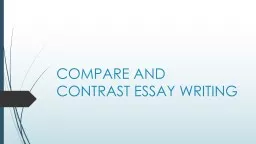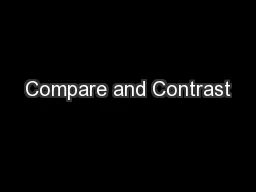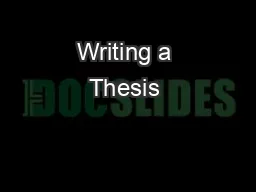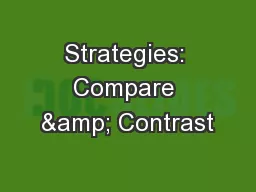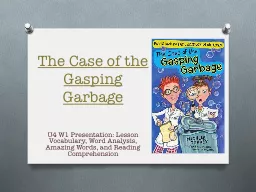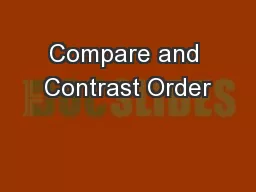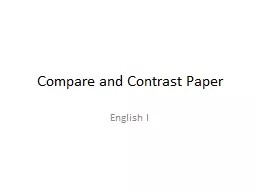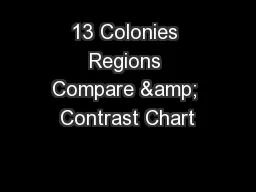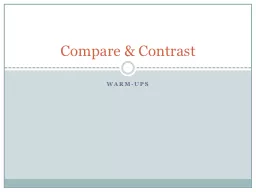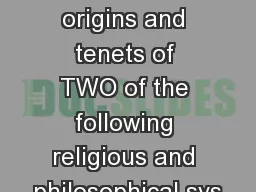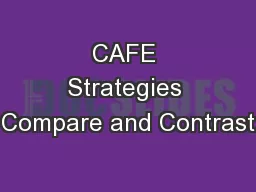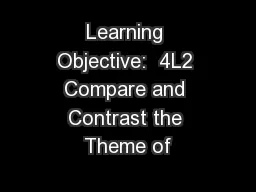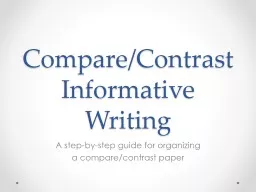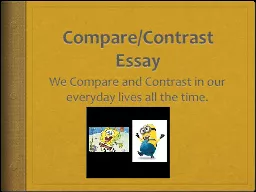PPT-COMPARE AND CONTRAST ESSAY WRITING
Author : skylar | Published Date : 2022-05-17
Take notes accordingly You dont have to write down every word but write down the highlights of each slide PURPOSE To reveal similarities andor differences between
Presentation Embed Code
Download Presentation
Download Presentation The PPT/PDF document "COMPARE AND CONTRAST ESSAY WRITING" is the property of its rightful owner. Permission is granted to download and print the materials on this website for personal, non-commercial use only, and to display it on your personal computer provided you do not modify the materials and that you retain all copyright notices contained in the materials. By downloading content from our website, you accept the terms of this agreement.
COMPARE AND CONTRAST ESSAY WRITING: Transcript
Download Rules Of Document
"COMPARE AND CONTRAST ESSAY WRITING"The content belongs to its owner. You may download and print it for personal use, without modification, and keep all copyright notices. By downloading, you agree to these terms.
Related Documents

